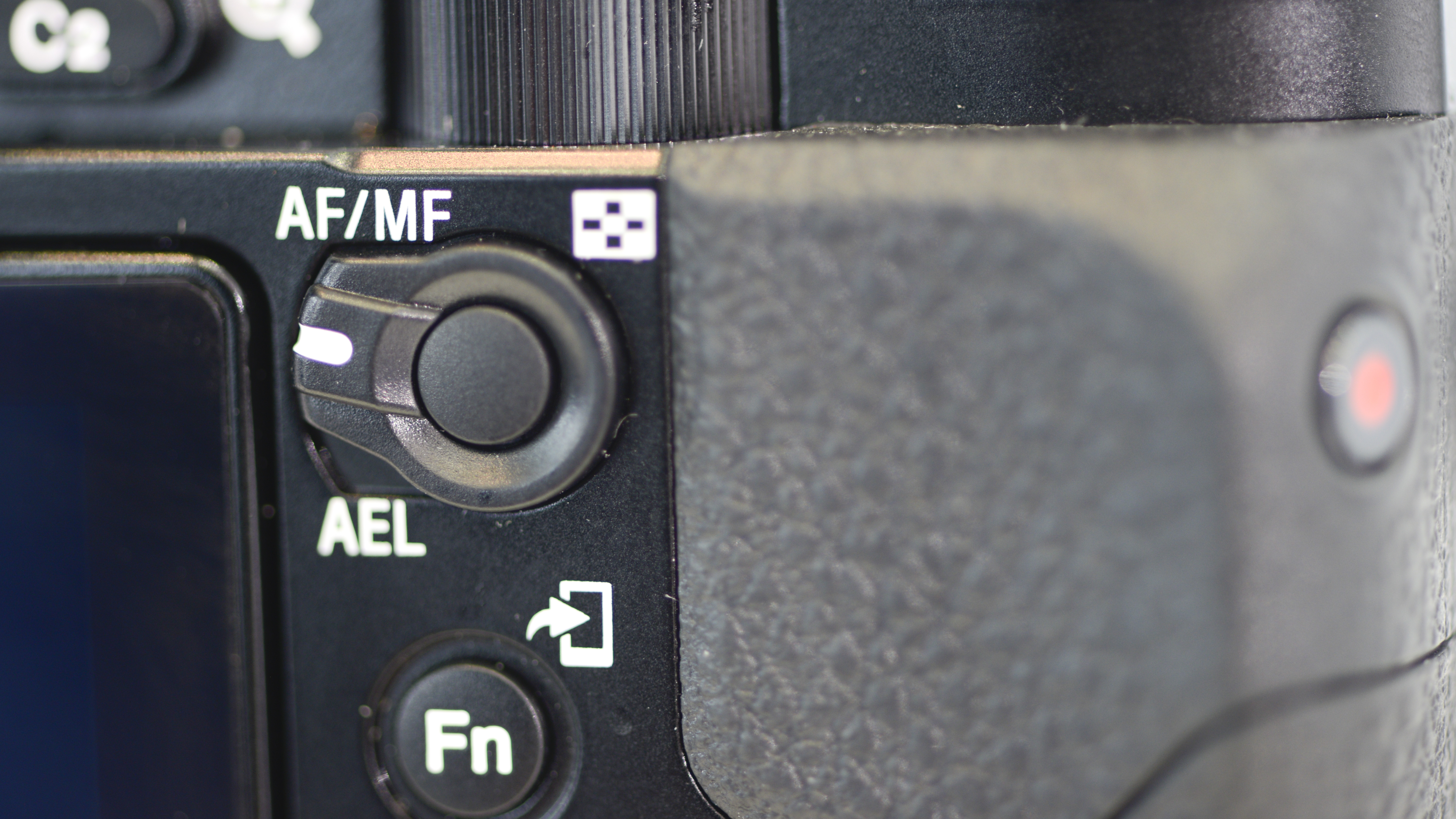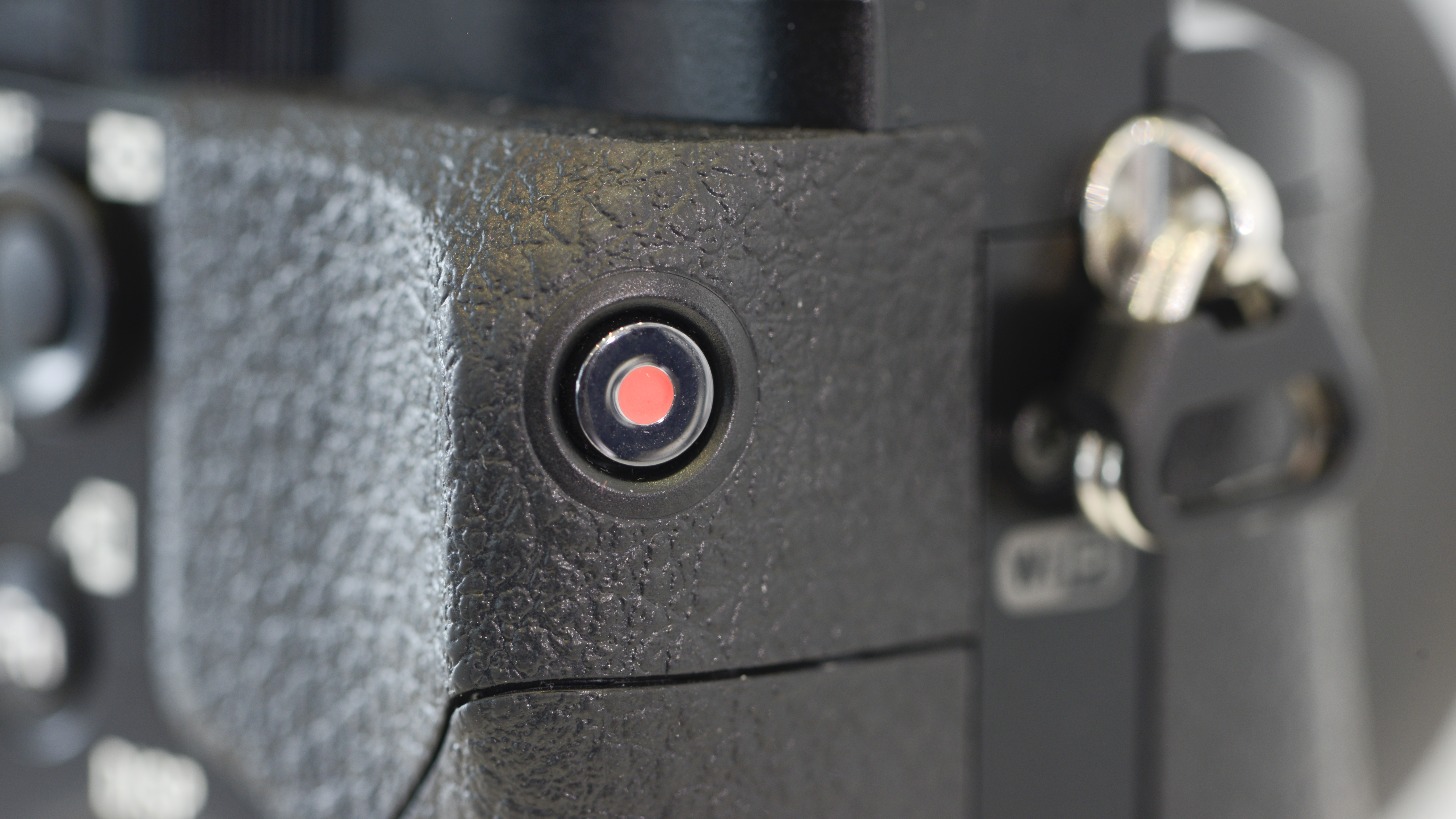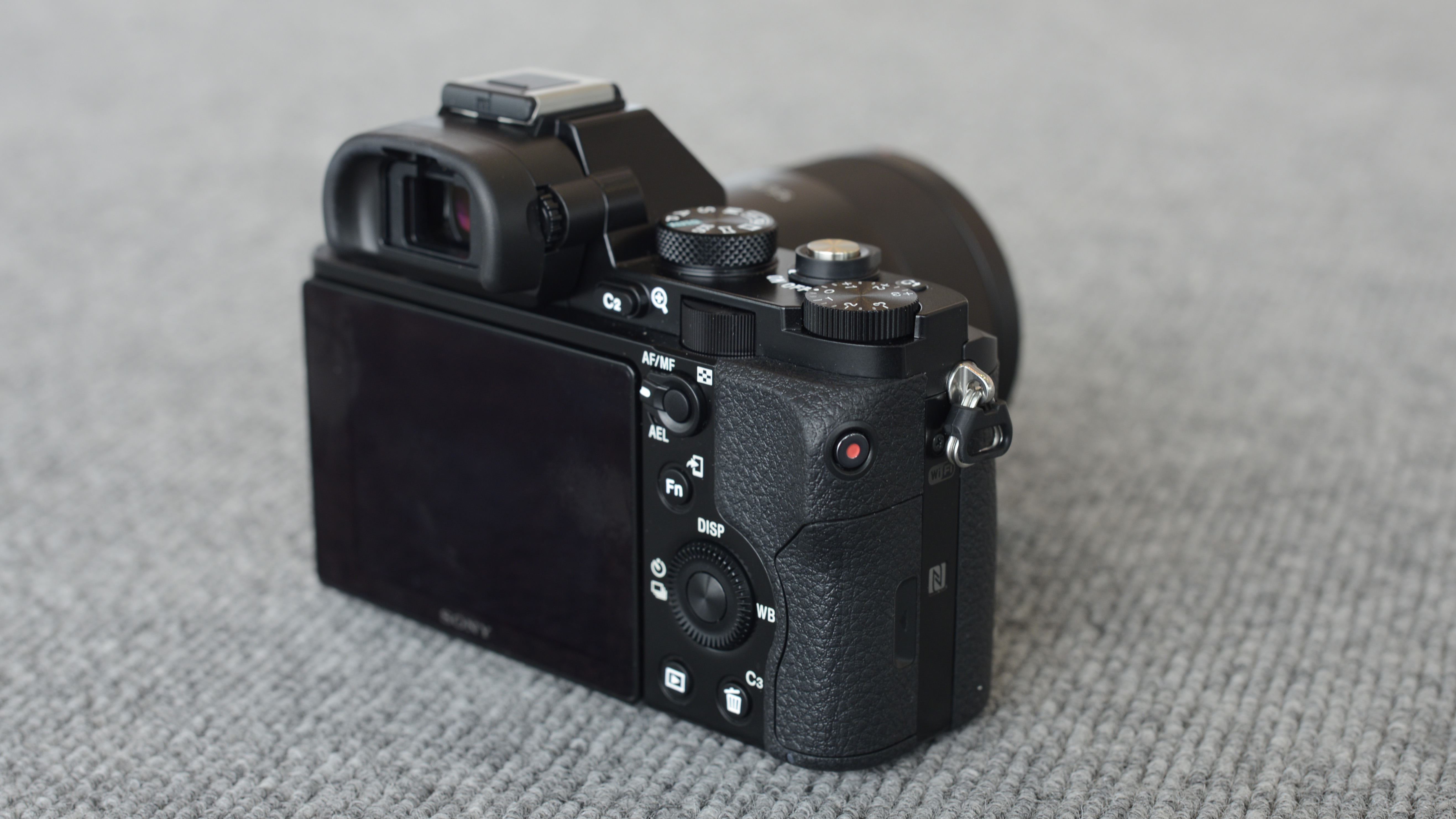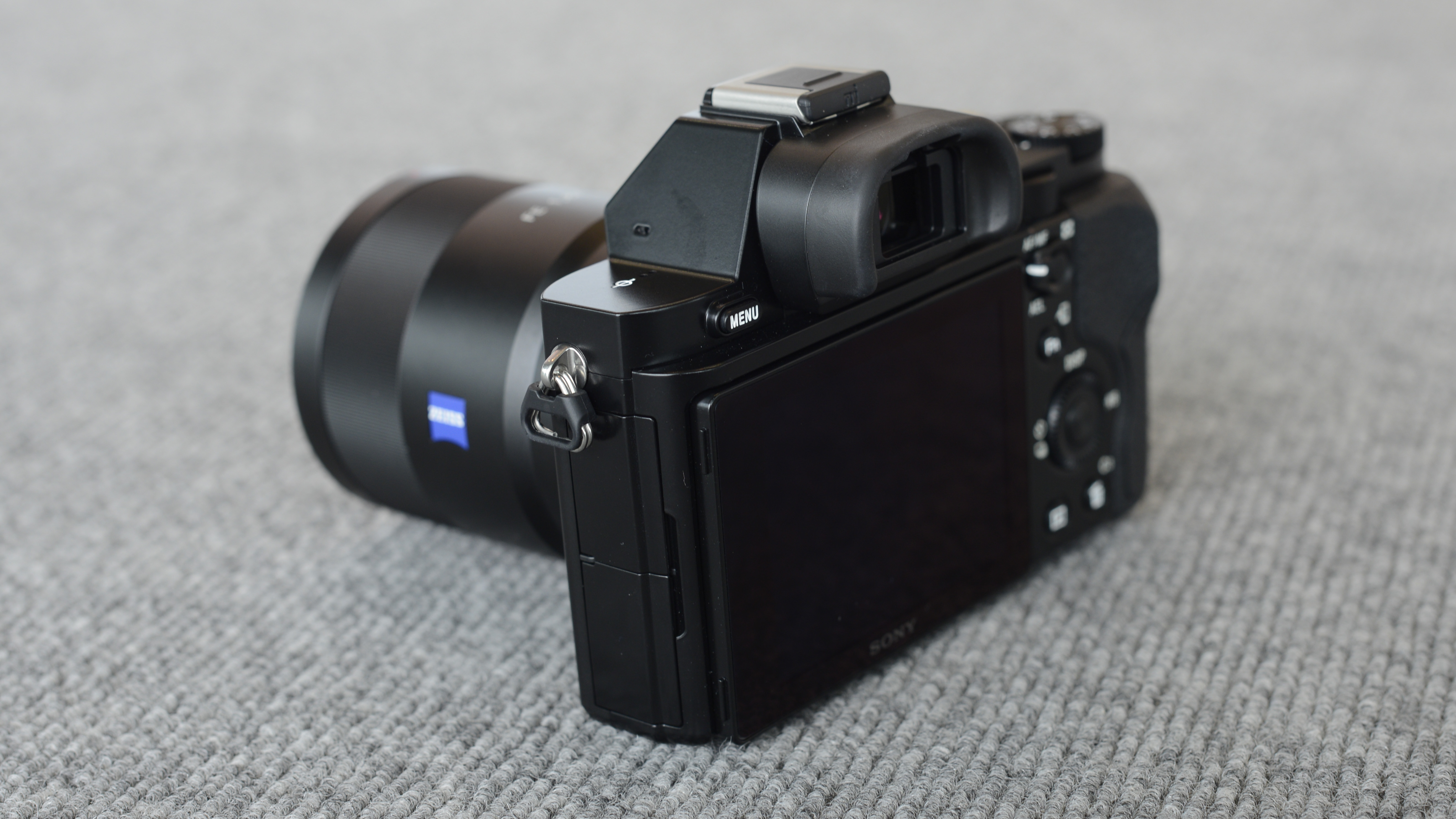Why you can trust TechRadar
In terms of the build quality and design the A7R is pretty much identical to the standard A7, with the only difference being the R engraved onto the camera itself.
It features a reasonably chunky grip, while the overall small size of the camera is particularly impressive when considering the size of the sensor inside, especially when compared with other full-frame cameras on the market such as the Nikon D600 and Canon EOS 6D.
Enthusiast photographers should appreciate the high number of dials and buttons on the camera which gives direct access to many of the key features. On top of the camera is a mode dial for switching between the various exposure modes the camera has to offer, including aperture priority. There's also an exposure compensation dial, which is placed within natural reach of where your thumb might sit on the back of the camera.

As with other Sony cameras, several of the buttons on the body are customisable, including three which are labelled with a "C". This makes it especially convenient for those who want to work in specific ways, or who shoot specific types of scene quite often, such as low light.
Two scrolling dials can be found in front of and to the rear of the thumb grip, which are used for altering aperture or shutter speed, depending on which mode you're shooting in. If shooting in fully manual mode, you'll use the front dial for aperture and the rear one for shutter speed, which seems like a very natural way to work.

On the back of the camera is a scrolling dial, which doubles up as a four-way navigational pad. Each of these options controls something by default, such as white balance, but you can customise each of these options as you see fit.
Another handy feature is the quick menu, accessed by tapping the function button. This brings up all of the most commonly used features, and again, this menu is fully customisable. So, if you decide that you'll never use Flash Mode (as there is no inbuilt flash), you could replace it with something you will use instead.
Sign up for breaking news, reviews, opinion, top tech deals, and more.
Although the A7R's screen only tilts, rather than fully articulates, it's still handy for shooting from awkward angles. Sadly there's no touchscreen, which would have made changing things such as the autofocus point much easier.
If you want to change the autofocus point, you can do so by pressing the C1 button on the top plate of the camera. It's a little fiddly to use, but at least the option is available – it can be even more convoluted on other Sony cameras (such as the RX10).

For the first time on a Sony system camera, the company has introduced the ability to change the size of the AF point, between small, medium and large. The small option is particularly useful if you're trying to focus on something of fine detail.
The electronic viewfinder on the A7R is one of the better ones currently available on the market, with its 2.4 million dot resolution providing a very clear and bright view. In practice, it's very easy to forget that you're even using an electronic device, and there are some merits to using it over a traditional optical version – not least the live preview displayed in the window. It will probably be tricky for Sony to convince the traditional full-frame audience of the merits of using an electronic viewfinder, though, but any doubters should definitely try it before making a judgement.

Thankfully the menu system on both the A7 and A7R is not a traditional NEX affair, which could be difficult and confusing to navigate. Instead, it's a reasonably sensible arrangement, with options arranged under six different tabs. It takes a little bit of time to familiarise yourself with it, but the layout makes sense.

Amy has been writing about cameras, photography and associated tech since 2009. Amy was once part of the photography testing team for Future Publishing working across TechRadar, Digital Camera, PhotoPlus, N Photo and Photography Week. For her photography, she has won awards and has been exhibited. She often partakes in unusual projects - including one intense year where she used a different camera every single day. Amy is currently the Features Editor at Amateur Photographer magazine, and in her increasingly little spare time works across a number of high-profile publications including Wired, Stuff, Digital Camera World, Expert Reviews, and just a little off-tangent, PetsRadar.
